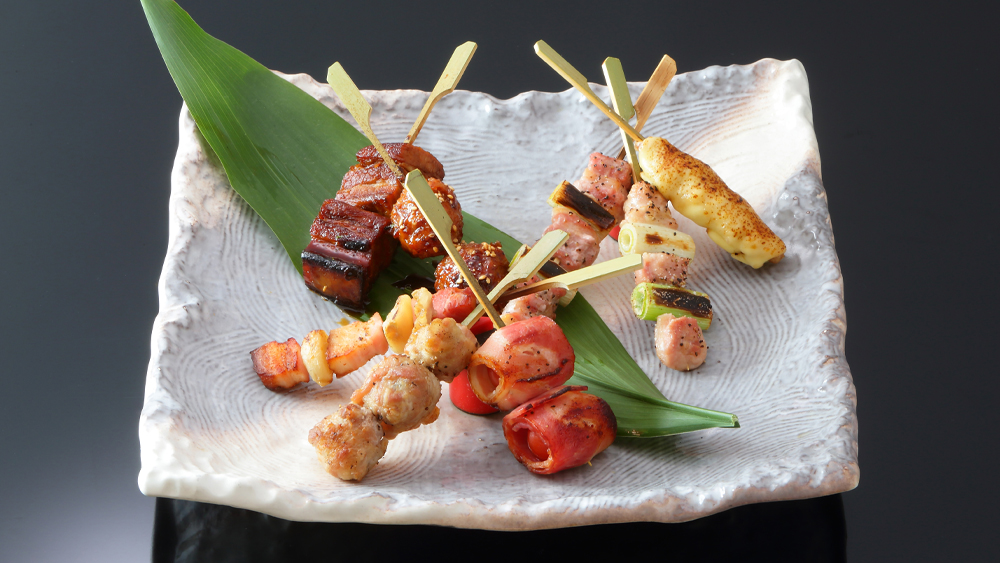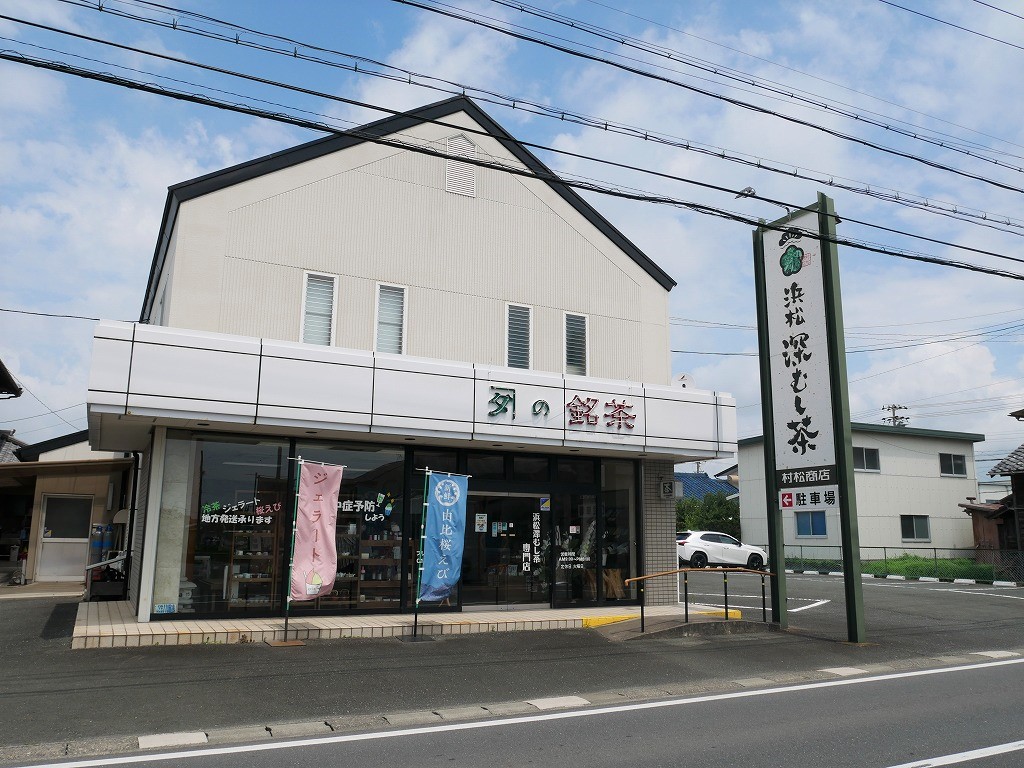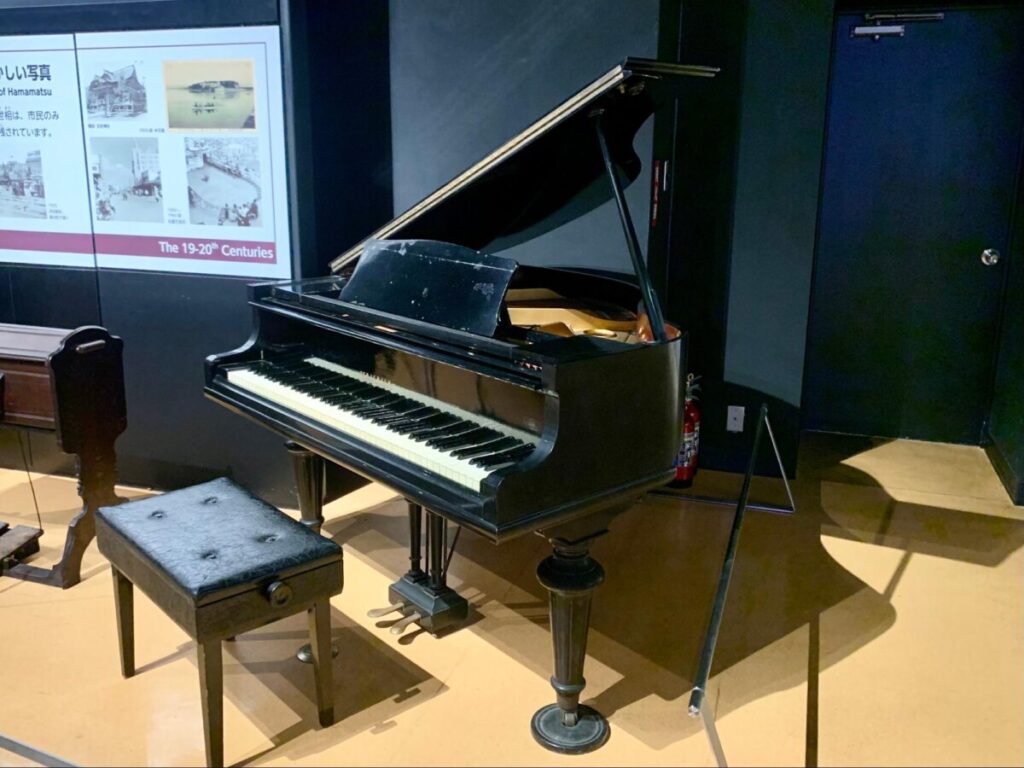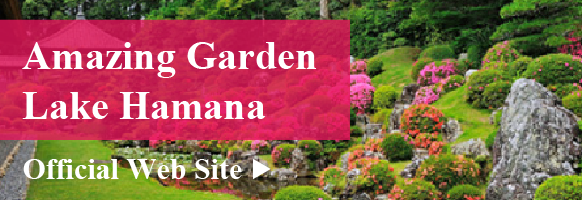Get to Know Hamamatsu
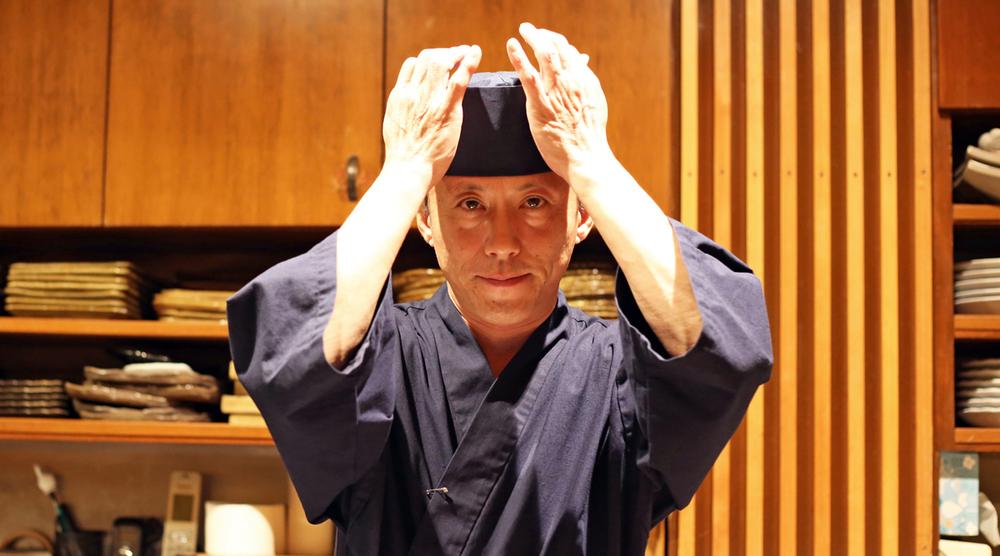
- Eat
Unagi Sashimi, a Specialty of Totoichi, and Hamamatsu’s Dining Scene
“I felt it was a shame that sushi restaurants were the only choice when people wanted to eat fish, so I decided to open a place in Hamamatsu focused on quality seafood,” the owner shares…
“People in Hamamatsu talk condescendingly, or rather reservedly, about local industry and culture.”
During my training at a top-class restaurant in Kyoto, I was surprised to find that they used a lot of ingredients from Enshu and Hamamatsu, such as shrimp potatoes, eel, shinko from Lake Hamana, conger eel, and melons for dessert, and I realized the charm of the local area from the outside. Mr. Kentaro Nakamura, the owner of Totoichi, said that he did.
Among the ingredients that are shipped to Tokyo and Kyoto but are not actively consumed locally, we will focus on seafood, where freshness affects the taste.
“When I want to eat fish, I feel like it’s a waste that the only option is a sushi restaurant, so I decided to open a restaurant in Hamamatsu that specializes in fish.”
The food and beverage industry is undergoing rapid changes. 20 years of focusing on fish
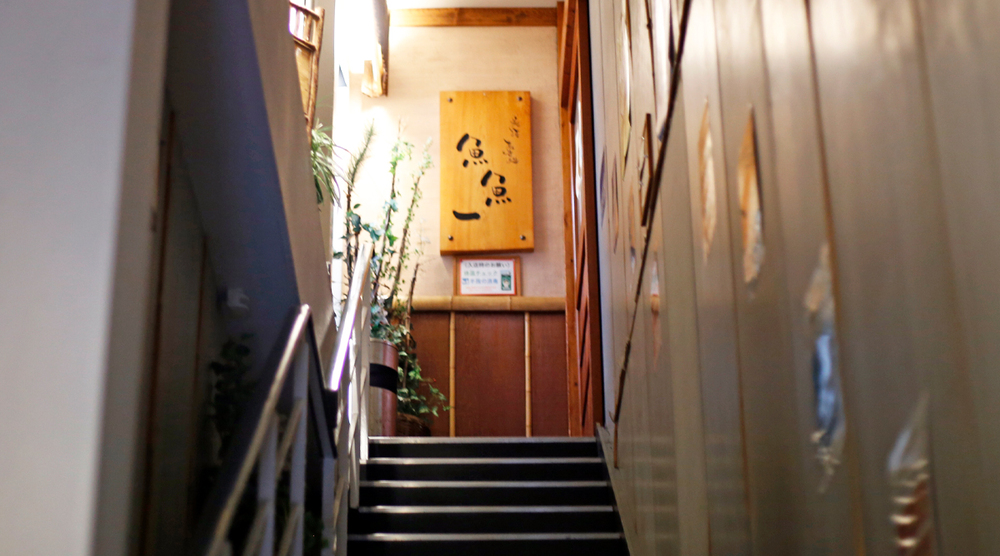
This year marks the 20th anniversary of Totoichi, a restaurant specializing in fresh fish caught in Lake Hamana and the Enshu Sea, in Hamamatsu.
At the time, Hamamatsu City’s Sasamachi was a fashion street lined with high-end brands. I admired the fashionable modern Japanese style restaurants that were starting to become popular in Tokyo, and although the town wasn’t suitable for restaurants, I decided to open a restaurant in Sajimachi, which has a slightly more mature feel.
While many people were questioning whether or not to open the business, saying, “It’s difficult to attract customers to a store on the third floor,” and “There’s no way we’ll be successful with fish dishes alone,” the new building, which no one has ever set foot in, has a straight line. I was drawn to stairs and started my shop with baseless confidence and a rebellious spirit.
It has private rooms, so you can feel like you’re in a high-class restaurant even though you’re in the middle of the city. Although it is Japanese food, it is stylish and attracts attention as a restaurant where you can also enjoy alcohol.
Consumer behavior has changed from an era when people were happy to go to a restaurant that had everything, to a trend of specialty restaurants where people would choose a restaurant because they wanted to eat something, and the appearance of the city has also changed, but our beliefs remain unchanged and we strive to communicate the appeal of local ingredients. So, the years are ticking away.
This is how the famous “eel sashimi'' was born.
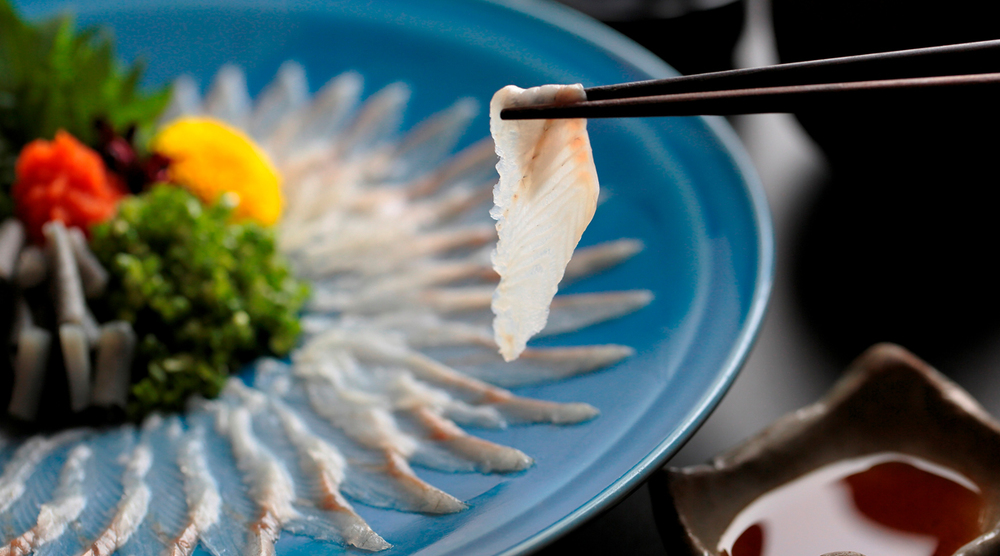
“I think it was an insane and insane idea.”
It was a project created by Japanese, Western, and Chinese professionals to create Hamamatsu food that could be promoted nationwide, and Mr. Nakamura came up with the idea of serving eel as sashimi.
When we ask customers from outside the prefecture what they think of Hamamatsu, the most common answer is “eel.”
Among the many types of fish, eel was considered to be a specialty of eel restaurants, so it was not sold in stores until now, but the question is, “Why is there no sashimi in the eel course?” Therefore, after much trial and error, “eel sashimi” was created using the blood-draining techniques of a craftsman, believing that any fish that is alive and swimming can be easily made into sashimi.
Firm and elastic texture. Sweet fat that goes well with homemade aged ponzu sauce. The new taste of eel that Hamamatsu is proud of has been selected as the Fujinokuni New Product Selection Gold Award, and is also famous as Hamamatsu Power Food.
I want to train full-fledged chefs in Hamamatsu.
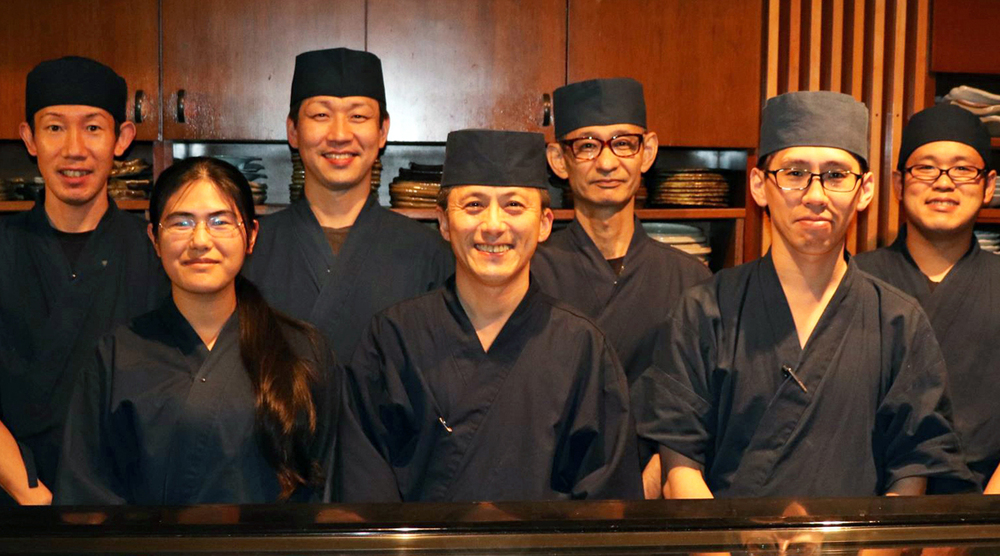
One of the characteristics of Totoichi is Mr. Nakamura’s policy of hiring staff as specialized and responsible employees, rather than relying on student part-time workers.
Since the store’s customer service is provided by people, they try to communicate with customers in a professional manner.
Many craftsmen who have trained under Mr. Nakamura have gone on to open their own businesses, but in the past he has been strict with Mr. Nakamura, saying, “We have to train staff who want to become independent so that they don’t feel embarrassed no matter where they work.” I had the bitter experience of having to temporarily close the store because my actions backfired and my employees suddenly stopped coming.
Even so, we are committed to training instructors and craftsmen with the belief that “we need people who can communicate through cooking.Everyone who comes to our store will be successful.”
A rich eating out culture interwoven with fish dishes and alcohol
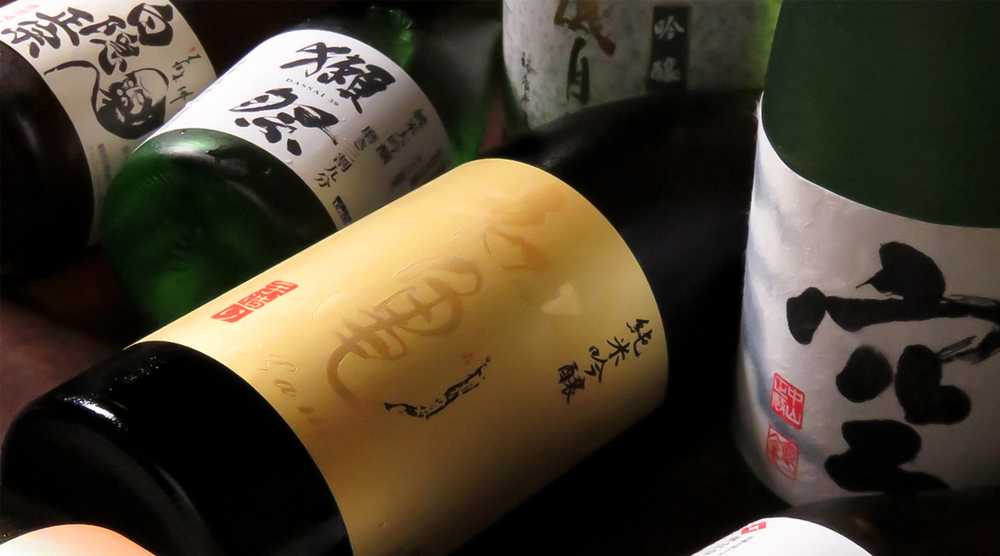
“During the period when we couldn’t serve alcohol due to the coronavirus pandemic, it took a really long time for customers to finish their meals,” says Mr. Nakamura.
Even if you are eating a course meal with the same content, the meal time may be cut in half compared to enjoying the food with alcohol.
We’re eating the same thing, so our stomachs are full, but if we dig deeper into the unsatisfactory feeling of eating silently, we’ll find new ways to enjoy conversations with the people sitting with us, the afterglow of thinking about the land and the seasons from the food, and the feeling of something new. You will realize that many elements enrich the meal, such as encounters, discoveries, and the timing of the meal served.
After the state of emergency was lifted, we reaffirmed the role that eating out plays when we hear from our customers, “We’ve made it through the coronavirus pandemic, but it’s still different when we go out for drinks.”
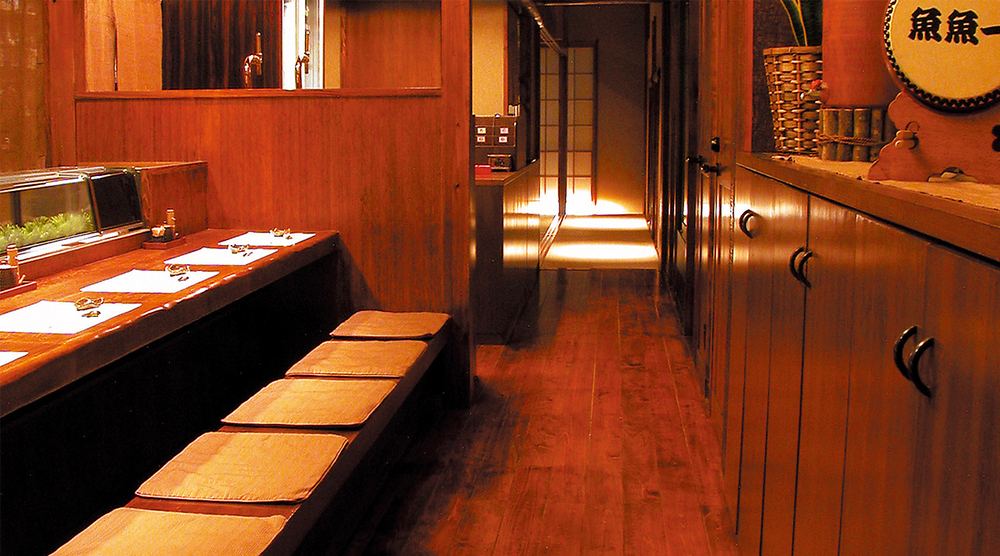
Even after the end of the coronavirus pandemic, it is predicted that there will be fewer business trips and transfers in society.
“We want to go back to our roots and connect with the local community, so that people feel more attracted to going out for a drink!We want to build a restaurant that is loved by our customers,” says Mr. Nakamura.
Finally, when I asked Totoichi what he would recommend for the end of the year, when the city is bustling with activity, he said, “As it’s getting colder, I’d like you to try a warm dish using local fish paired with sake.”
He told me that it would be interesting to try different temperature ranges of warmed sake to match the course.
[Totoichi]
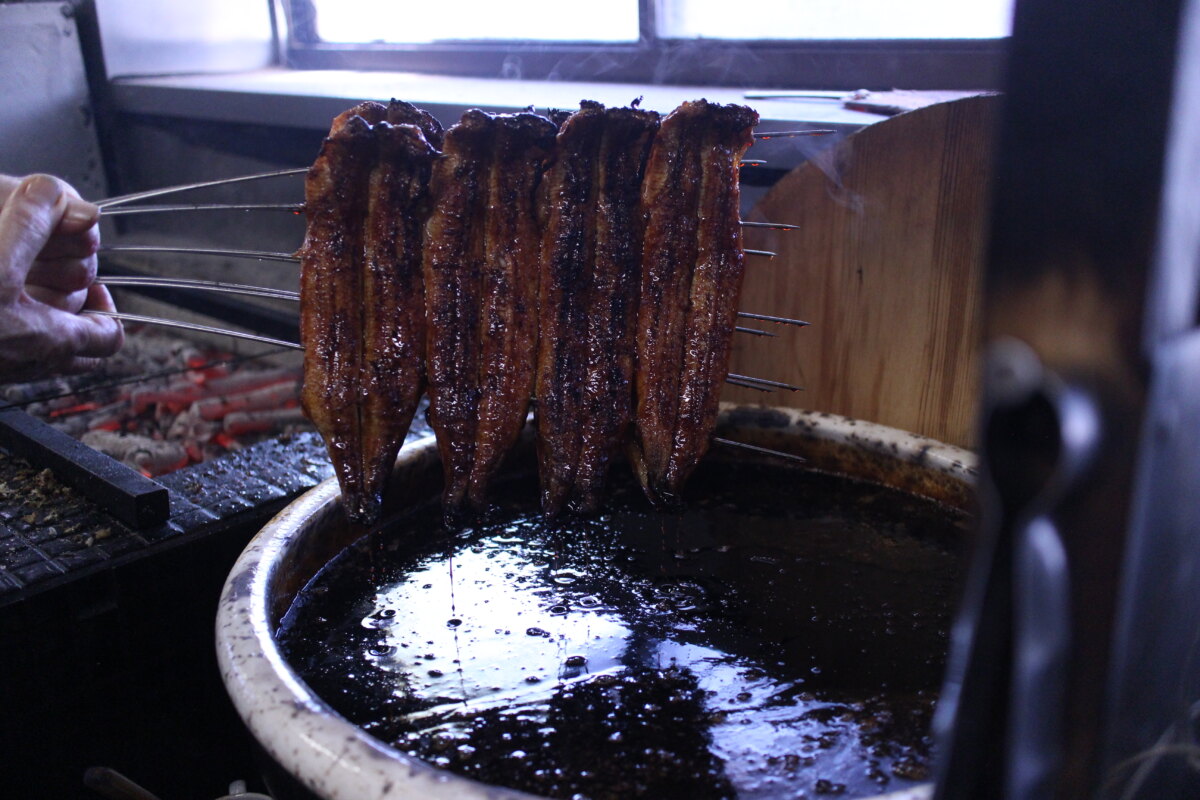
Sumiyaki Unagi Aoiya – Where the First Owner’s Legacy Lives On Through Authentic Grilled Eel
